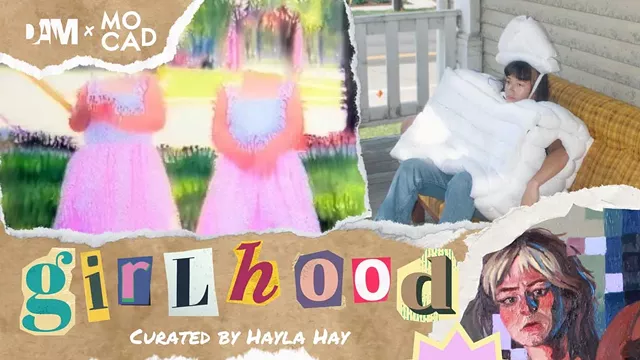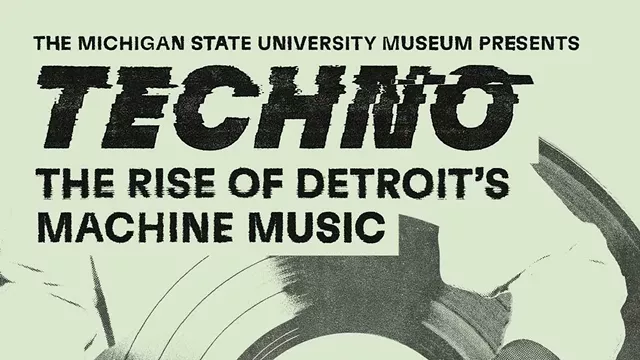This is a past event.
How Healers Became Killers, Nazi Medical Professionals
The Holocaust Memorial Center Zekelman Family Campus is hosting How Healers Became Killers, Nazi Medical Professionals, to commemorate International Holocaust Remembrance Day on Wednesday, January 27. The program also is the opening event of the new featured exhibit, Deadly Medicine: Creating the Master Race, which opens January 17 and is slated to run until July 11, 2021.
“We are proud to host this thought-provoking exhibit and opening program which scrutinizes the complicity medical professionals had in the Holocaust,” said Holocaust Memorial Center CEO Rabbi Eli Mayerfeld. “The most important lesson we teach is that history is made through a series of choices and that every choice has a consequence. By teaching the lessons of the Holocaust, our fervent hope is that each of us will be upstanders, not bystanders, when we witness wrongful actions.”
How Healers Became Killers, Nazi Medical Professionals: January 27 at 7 p.m. On Wed., Jan. 27 at 7 p.m., How Healers Became Killers, Nazi Medical Professionals will address the integral role medical professionals played in the planning and implementation of Nazi racial policy. The online program features Dr. Patricia Heberer-Rice, senior historian from the United States Holocaust Memorial Museum (USHMM), who will discuss how medical professionals enforced policies of compulsory sterilization, as well as the “Euthanasia” program. Through these legalized programs, the Nazis murdered 650,000 people and set an important precedent for the Holocaust.
Dr. Herberer-Rice serves as a specialist on medical crimes and eugenics policies in Nazi Germany. She also vets a wide range of USHMM content for historical accuracy. She earned her bachelor of arts degree in history and German literature from Southern Illinois University Edwardsville, a master of arts in European history from Southern Illinois University and a Ph.D. in German and central European history from the University of Maryland.
Registration for this Zoom webinar is available at https://www.holocaustcenter.org/events/upcoming-events/. The Voice/Vision Holocaust Survivor Oral History Archive is a community partner for the program.
Deadly Medicine: Creating the Master Race: January 17 – July 11, 2021 Produced by the United States Holocaust Memorial Museum, the traveling exhibit Deadly Medicine: Creating the Master Race examines how the Nazi leadership, in collaboration with individuals in professions traditionally charged with healing and the public good, used science to help legitimize persecution, murder, and ultimately, genocide. Through reproductions of photographs and documents, films, and survivor testimony, the exhibit traces how the persecution of groups deemed biologically inferior led to the near annihilation of European Jewry. It also challenges viewers to reflect on the present-day interest in genetic manipulation that promotes the possibility of human perfection.
According to exhibition curator Susan Bachrach, “Deadly Medicine explores the Holocaust’s roots in then-contemporary scientific and pseudo-scientific thought. At the same time, it touches on complex ethical issues we face today, such as how societies acquire and use scientific knowledge and how they balance the rights of the individual with the needs of the larger community.”
Eugenics theory sprang from turn-of-the-20th-century scientific beliefs asserting that Charles Darwin’s theories of “survival of the fittest” could be applied to humans. Supporters, spanning the globe and political spectrum, believed that through careful controls on marriage and reproduction, a nation’s genetic health could be improved. The Nazi regime was founded on the conviction that “inferior” races, including the so-called Jewish race, and individuals had to be eliminated from German society so that the fittest “Aryans” could thrive. The Nazi state fully committed itself to implementing a uniquely racist and antisemitic variation of eugenics to “scientifically” build what it considered to be a “superior race.” By the end of World War II, six million Jews had been murdered. Millions of others also became victims of persecution and murder through Nazi “racial hygiene” programs designed to cleanse Germany of “biological threats” to the nation’s “health,” including “foreign-blooded” Roma and Sinti (Gypsies), persons diagnosed as “hereditarily ill,” and homosexuals. In German-occupied territories, Poles and others belonging to ethnic groups deemed “inferior” were also murdered.
This exhibition is made possible through the support of The David Berg Foundation, The Blanche and Irving Laurie Foundation, The Lester Robbins and Sheila Johnson Robbins Traveling and Temporary Exhibitions Fund established in 1990, and The Dorot Foundation.
Locally, the exhibit at the Holocaust Memorial Center is generously supported by Robin and Leo Eisenberg, Susan and Nelson Hersh, The Karp Family, Jackie and Larry Kraft, Sinai Medical Staff Foundation, the National Endowment for the Arts, Michigan Council for Arts & Cultural Affairs, and a donation in memory of Nancy and James McLernon.
The exhibit is open Sunday through Friday and free with museum admission or membership. For additional information, visit www.holocaustcenter.org or call 248-553-2400.
About the Holocaust Memorial Center Zekelman Family Campus The Holocaust Memorial Center Zekelman Family Campus is a 55,000 square foot museum and Library Archive in Farmington Hills that teaches about the senseless murder of millions and why each of us must respect and stand up for the rights of others if we are to prevent future genocide and hate crimes.
The lessons of history are used to create a call to action, teaching visitors through the examples of those who risked their lives to save others, and asking our guests to react to contemporary challenges such as racism and prejudice. Exhibits include artifacts such as an authentic WWII-era boxcar, text panels, photos, video testimonies, films, paintings, sculpture, and a sapling from the tree located outside Anne Frank’s hiding place window that is described in her diary.
Located on the second floor above the museum, the Library Archive is an important resource for academics, the media and families researching their heritage. Please call to speak to a librarian. Hours: Sunday through Thursday 10:00 am to 4:00 pm and Friday 10:00 am to 2:30 pm. For the first hour of each day, 10:00am -11:00 am, admission is reserved for seniors and those who are immune compromised. The last admission is one hour before closing. Face masks are required. Wheelchair accessible. Free parking. For additional information, visit www.holocaustcenter.org or call 248-553-2400.
Nearby
-
0.01 miles
-
0.08 miles
-
Pallas Restaurant and Lounge (closed)
0.10 miles
-
0.11 miles
-
0.11 miles



